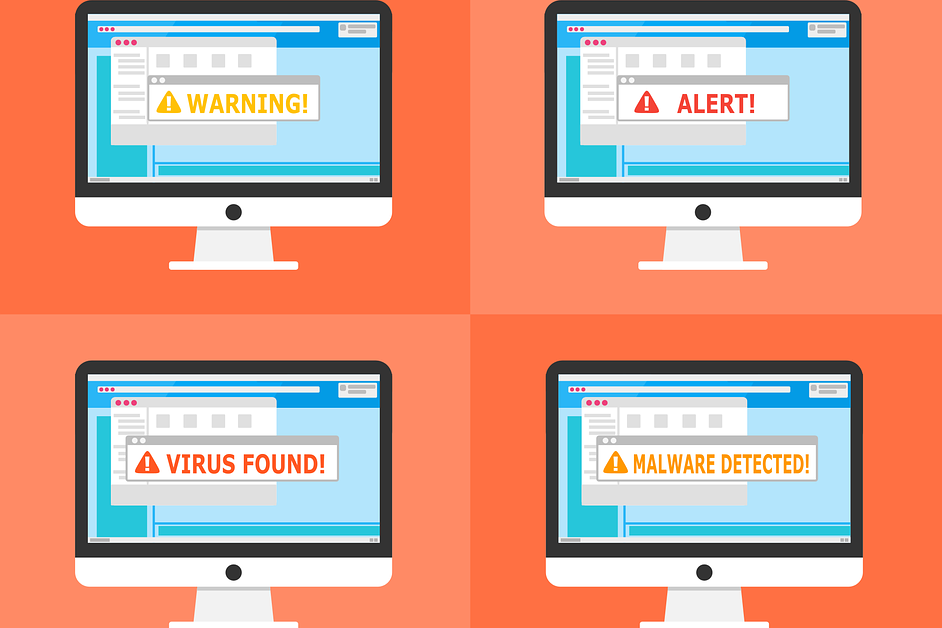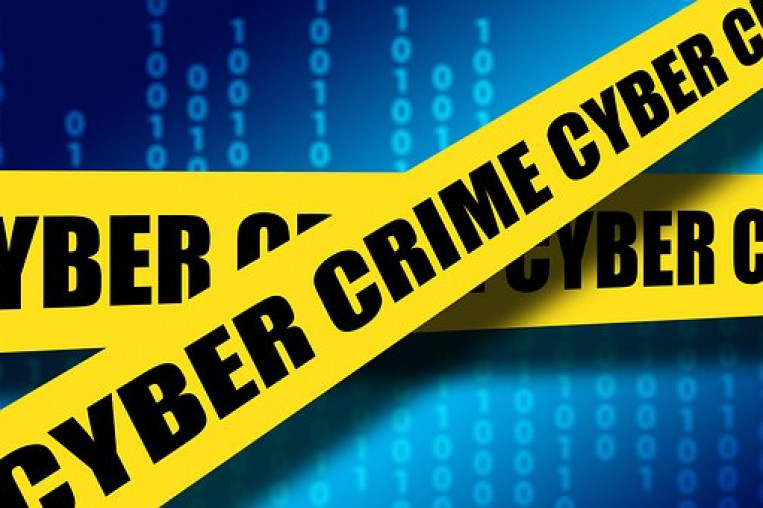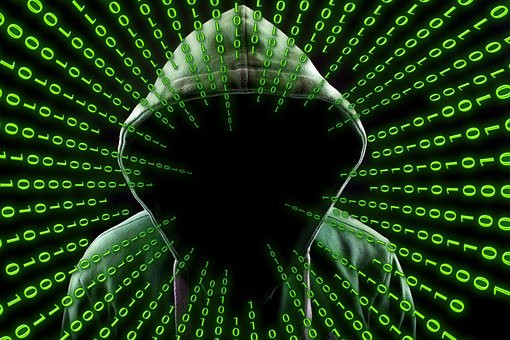The European the general public' lifestyle is increasingly digital and our social system has a high degree of dependence on the Internet, information and communication technologies (ICT) and therefore everything that concerns cyberspace.
At the economic and social level, cyberspace represents the space with the greatest number of business opportunities available, having become the key to European economic growth.
An example of the relevance of Internet in our economy is that in 2016, trading reached 509,000 million Euros in sales made via e-commerce, with a third of these transactions linked to retail. The volume expected to be reached in 2018 is 660,000 million.

A quite significant part of cyberspace is the one This is linked to the private sector, which, thanks to the digital revolution, has driven the business revolution and business innovation, economic growth and trade in Europe. This situation, which is an optimistic scenario in terms of growth and creation, also implies exposing organisations to new threats.
For many, cyberspace and infrastructure linked to the Internet has to do with satellites and cybersecurity with hackers.
However, cyberspace should be understood as a set of devices connected by networks in which electronic information is stored and used, as well as the space where different communicative acts take place.
95% of the transoceanic communications are made thanks to the submarine cables that connect different regions of the world, given that this system allows the circulation of greater volume of data and at a lower cost than satellites do. In December 2017, there will be 293 cables. This submarine cable network has been regulated since 1982 by the United Nations Convention on the Law of the Sea, prescribing in international waters.
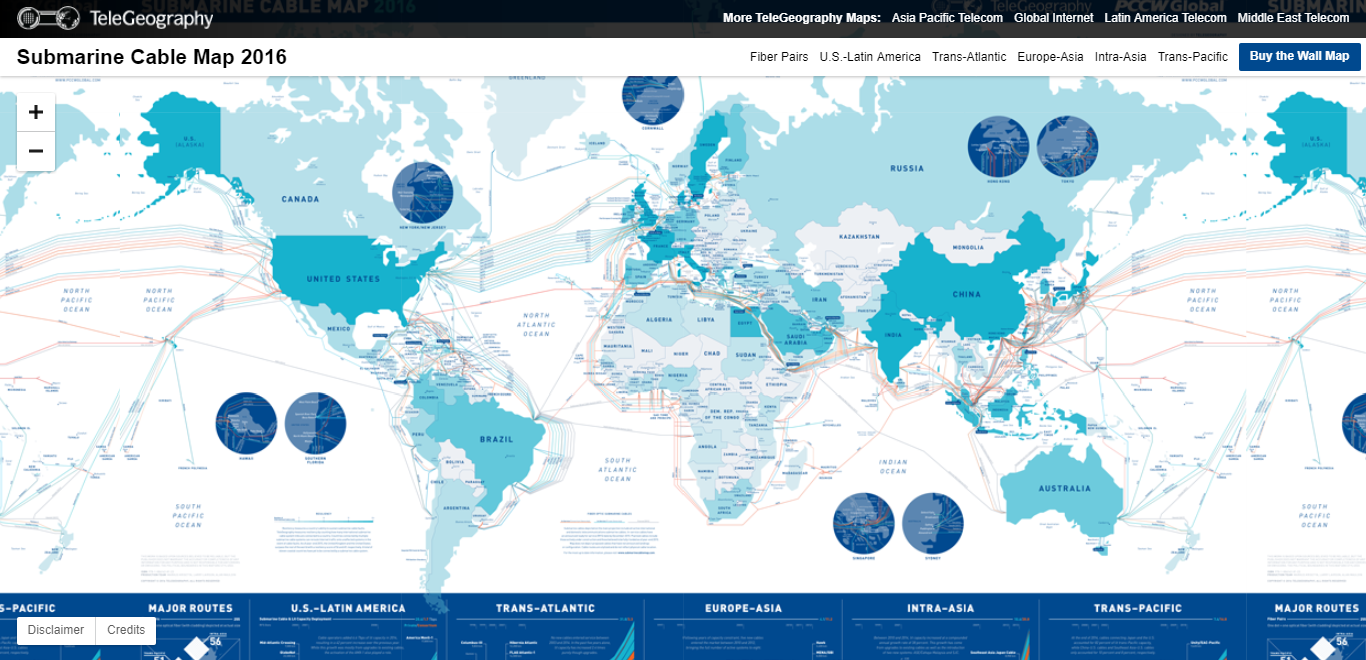
Image Source: Submarine cables 2016. telegeography.com
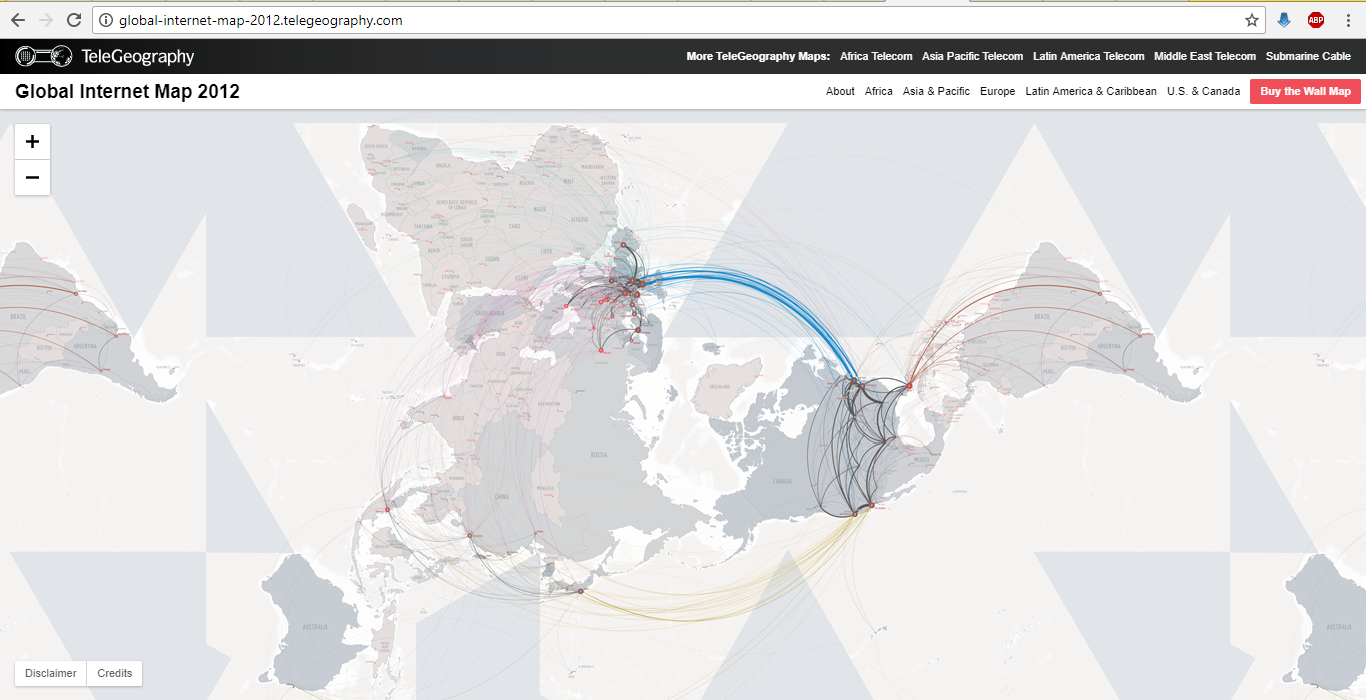
Image Source: Global map Internet 2012. telegeography.com
The complex submarine cabling network is susceptible to damage that could affect transoceanic Internet communications, if we consider cyberspace as the interconnection of human beings through telecommunications, without regard to physical geography. The complexity of the nature of cyberspace, along with the infrastructures, allows us to reconsider that the damage that these cables can suffer should be taken into consideration as a cyberattack. Damage can come from both environmental factors linked to tsunamis and hurricanes, as well as from of marine traffic causes such as damage caused by fortuitous ships anchors or those that might be done intentionally to intervene in telecommunications with the purpose of obtaining information and/or sabotaging it. The United States, Russia and other countries are equipped to be able to intervene in submarine cabling. It is curious that although we speak of cyberterrorist attacks and cyberterrorism for website sabotage, no treaty incorporates attacks on submarine cables as actions of terrorism.
IN DECEMBER 2017, THERE WILL BE 293 SUBMARINE CABLES
The damage suffered to submarine cables can also be of animal origin. In fact, sharks have a special attraction for fibre optic cables, since the electromagnetic signal they emit is detected thanks to the voltage sensors that the sharks have in their mouths to locate their prey, confusing this signal with that emitted by fish. This type of accident in cables (although it only accounts for 1% of incidents) is already considered a problem that requires an entire strategy of physically reinforcing the fibre optic cables that cross the Pacific Ocean. Because sharks feed at depths not exceeding 1,500 meters deep, cables installed at depths of less than 1,500 meters will require additional protection. The first case of damage suffered underwater cabling was in Spain in 1985 in the Canary Islands.
Submarine cabling can also suffer attacks of human origin. An example of this is what happened in 2015 when members of the Islamic State sabotaged the submarine communications cable SMWE4 between Western Europe and Southeast Asia on the Algerian coastline border with Tunisia, fifteen Km from the coast, forcing the government of Algeria to repair it.
According to the United Nations Convention on the Law of the Sea, "all states have the right to lay submarine cables and maintain and repair them as appropriate".
One of the critical points of this submarine cabling is the one located in Egypt as this is one of the four that connects Europe, the Middle East and Asia. This cable suffered an attack in 2013 that slowed communication by 60% in Pakistan and global communications were slowed by 30%. This human factor of physical sabotage that can affect the global Internet network and its submarine cabling infrastructure has to take into account the problems arising from border policies between neighbouring states.
The protection of Internet-related infrastructures (which allow not only commercial operations, but also financial, production, energy and transport sectors activities, among others) is a key element in the cybersecurity of Europe.
After what has been discussed in this article, we should note that that cyberthreats also have a much closer and tangible origin.
Today, more than ever, Captain Cook's words might be applied to cyberspace because "it may be there where life darkly shakes off its dream of stone, without giving up even that rough starting point".



